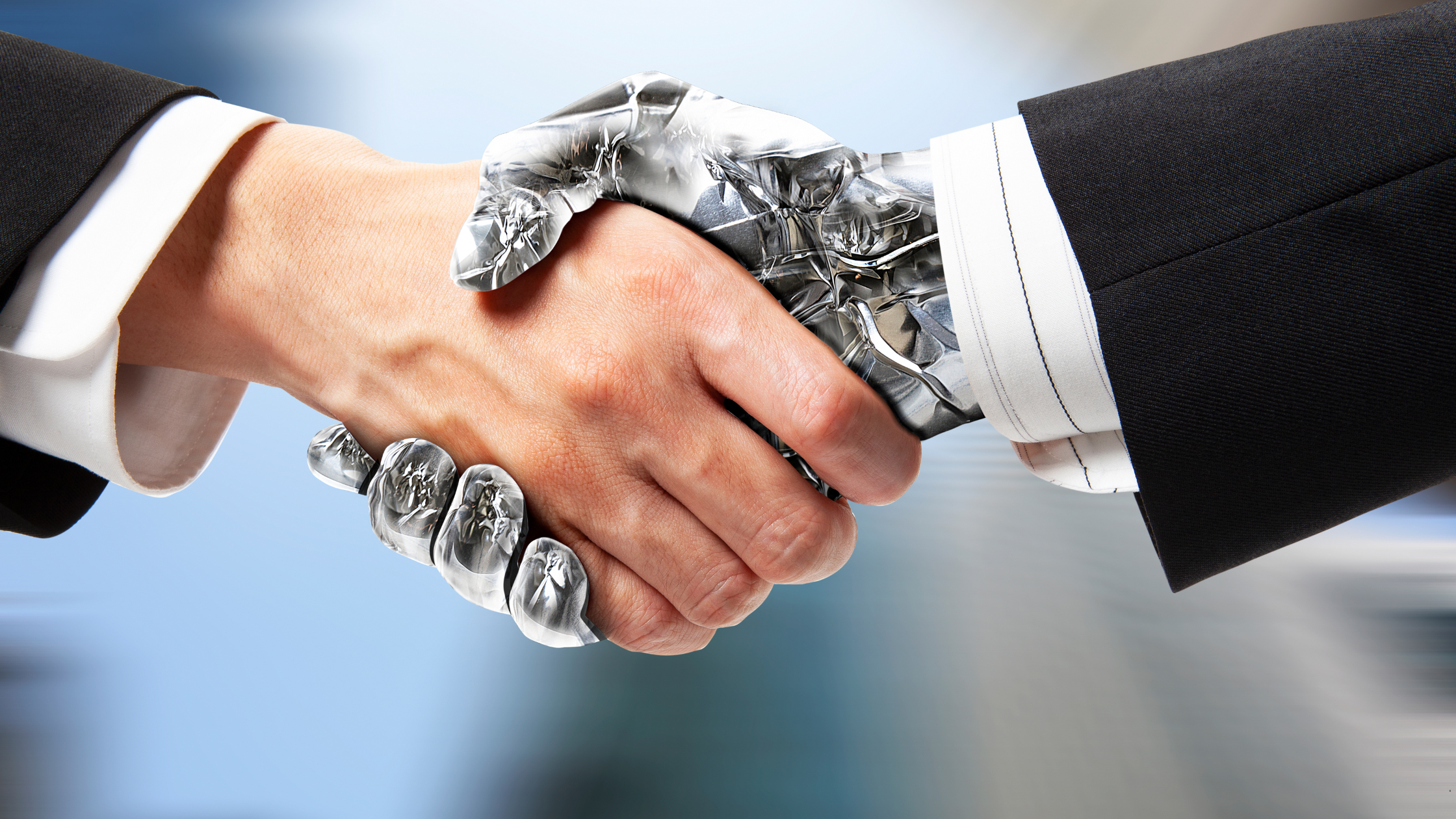Finding the right person for a job can feel like looking for a needle in a haystack. Many companies are turning to artificial intelligence (AI) to make the hiring process faster, smarter, and most importantly, fairer. The idea is simple: if humans can make biased decisions without realising it, maybe technology can help remove those blind spots.
It’s not just a theory. A recent study from Monash University found that women were more likely to apply for jobs when the first stage of hiring was handled by AI instead of people.
That’s where tools like Anutio come in. They don’t just match candidates to jobs; they make sure the process is fair from the start. By removing personal details, scoring candidates on relevant skills, and using clear, consistent criteria, Anutio helps level the playing field. But like any tool, AI can be both helpful and harmful if it’s not used with care.
AI as a Fairness Enhancer
At its best, AI can help remove the invisible barriers that keep great candidates from getting noticed. For example, platforms like Anutio can automatically strip out identifying details, such as a person’s name, graduation year, or even the school they attended, so that the focus stays on their skills and experience.
This matters because bias isn’t always intentional. As GoodHire explains, our brains often make quick judgments based on small details, even when we don’t mean to. AI can act as a filter, making sure every candidate gets a fair shot before any human opinions come into play.
It’s also about expanding the talent pool. Companies can find talent from more diverse backgrounds and locations, instead of relying only on the candidates who “look right” on paper.
Of course, fairness doesn’t happen automatically. AI is only as fair as the data it’s trained on—and that’s where the real conversation begins.
How Anutio Can Help
Anutio isn’t just another hiring tool; it’s designed with fairness at its core.
First, it uses anonymisation technology to hide personal details that could lead to bias. This means hiring managers see skills, experience, and qualifications, not names, ages, or other personal identifiers.
Second, Anutio applies skills-based evaluation frameworks. Instead of scanning for keywords or fancy job titles, it focuses on whether a candidate can actually do the job. This approach, supported by Workable’s compliance guide, ensures hiring decisions are grounded in objective criteria, not gut feelings.
Third, Anutio conducts ongoing bias audits. Many companies overlook this, but GoodHire’s responsible AI checklist makes it clear: algorithms need regular “health checks” to stay fair. Anutio’s system can flag patterns that suggest bias, so they can be corrected before they affect outcomes.
Finally, Anutio helps create inclusive job descriptions. Using AI language models, it can rewrite postings to attract a more diverse audience, avoiding wording that might unintentionally turn people away.
What to Watch Out For
If the data AI learns from is biased, the results will be biased too. A famous example is Amazon’s scrapped hiring AI, which ended up penalising résumés containing words like “women’s” because of patterns in past hiring data.
There’s also the issue of transparency. Many AI systems work like a black box, producing results without explaining why. This can be a real problem, as Cirqle Group notes, because without understanding an algorithm’s logic, it’s hard to spot errors or biases.
Over-reliance on AI is another danger. As the Wall Street Journal observes, algorithms should support human decisions, not replace them entirely. The best results happen when AI handles the early screening, and skilled recruiters handle the final choice.
And then there’s emerging bias in the other direction. A recent New York Post report found that some AI tools were more likely to favour certain demographics. This shows that bias can swing either way if we’re not careful.
Finally, candidate experience matters. AI interviews can sometimes feel impersonal or robotic. TIME Magazine warns that while AI can speed things up, the human touch is still essential for making candidates feel valued.
Best Practices for Fair AI Hiring
If you want AI to genuinely improve fairness in hiring, here are some proven best practices, most of which are already built into Anutio’s workflow:
- Anonymise candidate data so decisions focus only on skills and merit.
- Audit algorithms regularly to catch and fix any signs of bias (GoodHire checklist).
- Explain decisions clearly, so that candidates can understand why they were selected or rejected.
- Keep humans in the loop for all final hiring decisions (Workable compliance tips).
- Train recruiters on how to use AI responsibly and ethically.
- Protect privacy with secure systems and clear consent policies.
- Continuously fine-tune AI based on fairness metrics and real-world feedback.
Conclusion
AI has the potential to make hiring fairer, faster, and more inclusive, but only if it’s built and managed the right way. Tools like Anutio show how technology can help level the playing field by removing bias, focusing on skills, and ensuring transparency.
But AI should never be a “set it and forget it” solution. It works best when it’s paired with human judgment, regular oversight, and a commitment to doing right by every candidate. Used wisely, AI can help us build a hiring process where everyone truly gets a fair chance.







One response to “The Role of AI in Fair Hiring: How Tech Like Anutio Can Help (and What to Watch Out For)”
It’s interesting how AI can help eliminate unconscious bias in hiring, but I think it’s also important to remember that AI itself can inherit biases from the data it’s trained on. The key will be continuous monitoring and improvement of these systems to ensure fairness.